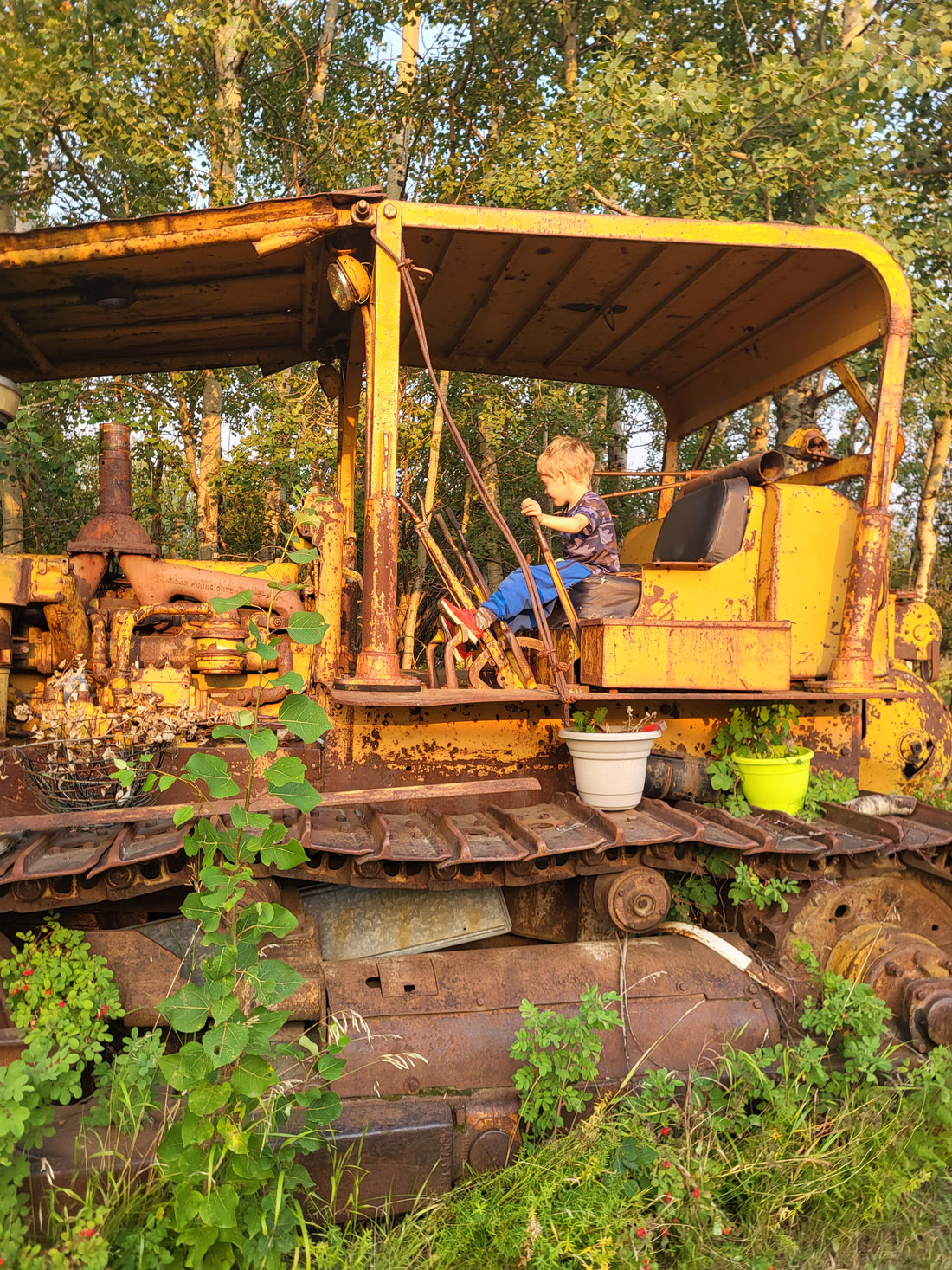Farming has been an integral part of human civilization for thousands of years. From the earliest agricultural practices to the modern methods we use today, the history of farming is a fascinating journey of innovation and adaptation. In this blog post, we will explore the evolution of farming and how practices have changed over time.
Before the advent of agriculture, humans relied on hunting and gathering for sustenance. However, around 10,000 years ago, our ancestors discovered the art of farming. They began cultivating crops and domesticating animals, leading to a more settled way of life. This marked the birth of agriculture and the transition from a nomadic lifestyle to permanent settlements. In ancient civilizations such as Mesopotamia, Egypt, and China, farming techniques were rudimentary but effective. Farmers used simple tools like wooden plows and sickles to till the land and harvest crops. They relied on natural fertilizers like animal manure and crop rotation to maintain soil fertility.
The 18th century witnessed a significant shift in farming practices with the advent of the Agricultural Revolution. This period saw the introduction of new farming technologies such as the seed drill, which improved seed planting efficiency. Enclosure acts also led to larger, more efficient farms, increasing agricultural productivity. The Industrial Revolution in the 19th century brought about a revolution in farming. Mechanization became widespread, with the invention of machines like the reaper, thresher, and combine harvester. These machines significantly reduced the labor required for farming and increased productivity.
In the 20th century, advancements in technology and scientific research revolutionized farming practices once again. The Green Revolution, for example, introduced high-yielding crop varieties and the use of synthetic fertilizers and pesticides. This led to a massive increase in food production, helping to feed a growing global population. There is a growing emphasis on sustainable farming practices. Farmers are adopting techniques like organic farming, crop rotation, and integrated pest management to reduce the environmental impact of agriculture. Precision farming, which utilizes technology like GPS and sensors, is also gaining popularity, allowing farmers to optimize resource usage and increase efficiency.
As we look to the future, farming is likely to continue evolving to meet the challenges of a changing world. Climate changes, population growth, and resource scarcity will drive the need for innovative farming practices. Vertical farming, hydroponics, and genetic engineering are just a few examples of the technologies that may shape the future of agriculture. In conclusion, the history of farming is a testament to human ingenuity and adaptability. From humble beginnings to the highly sophisticated practices of today, farming has come a long way. As we move forward, it is crucial to balance the need for increased food production with sustainable and environmentally friendly farming methods.

